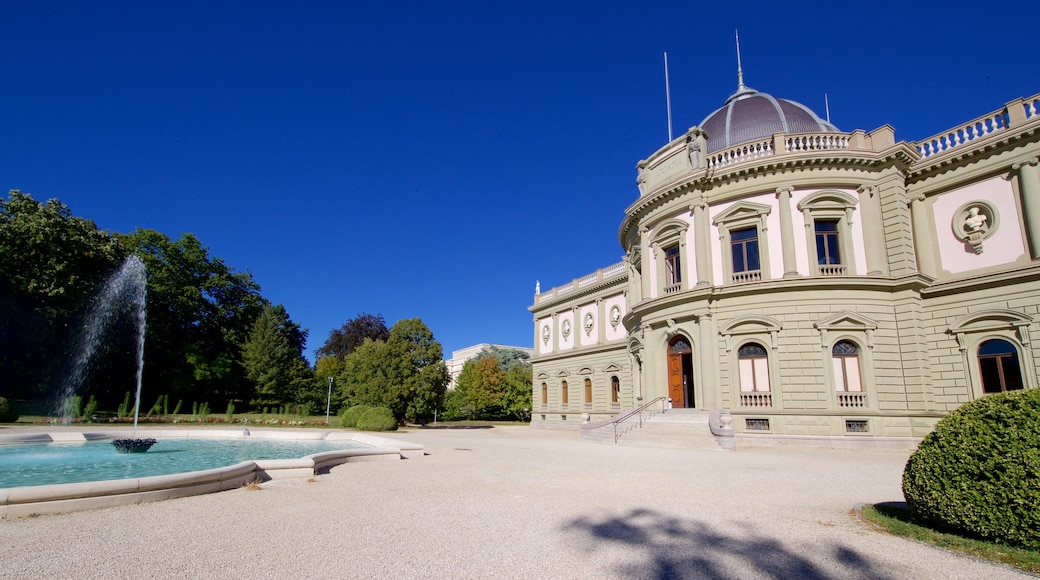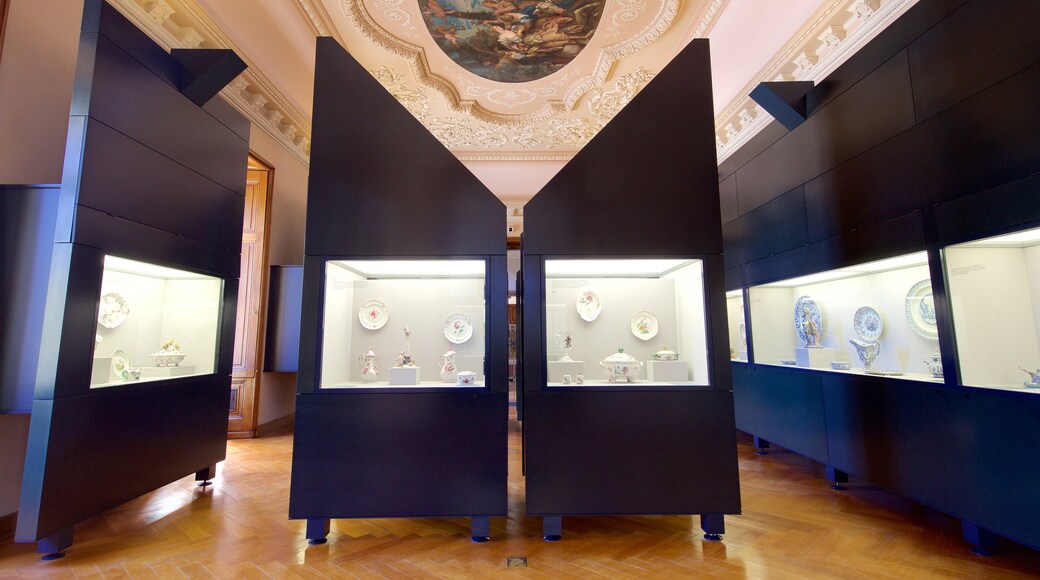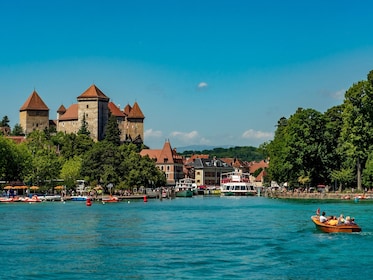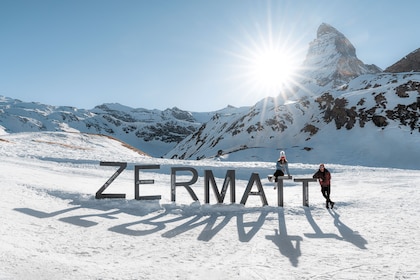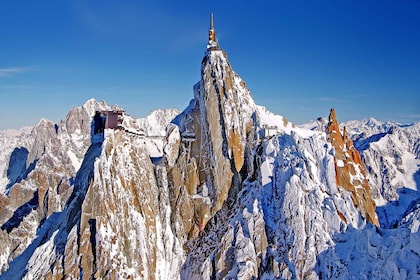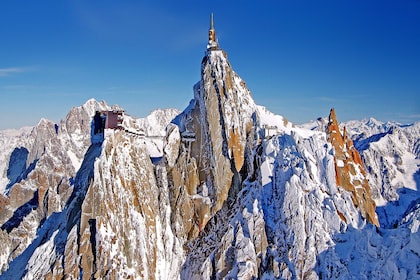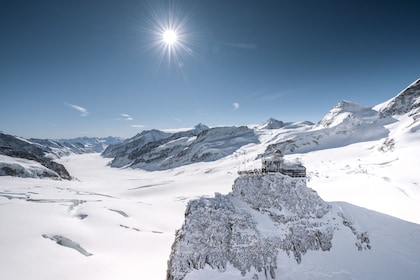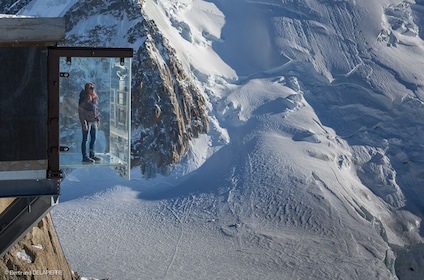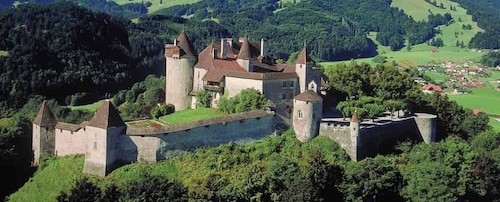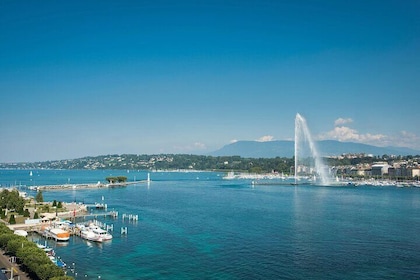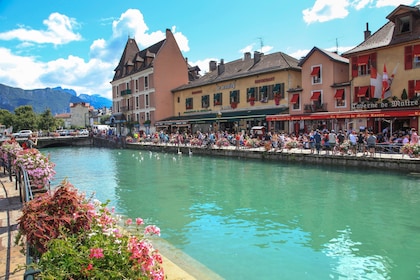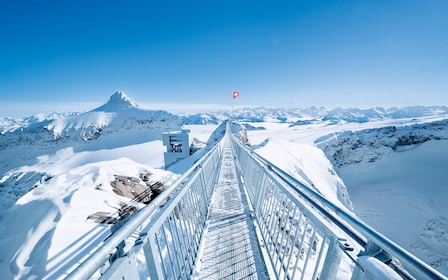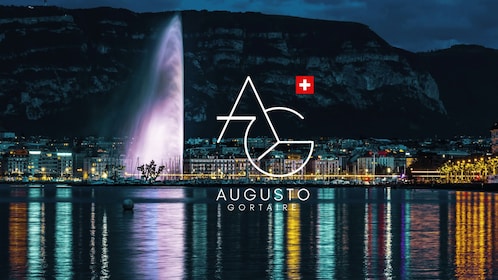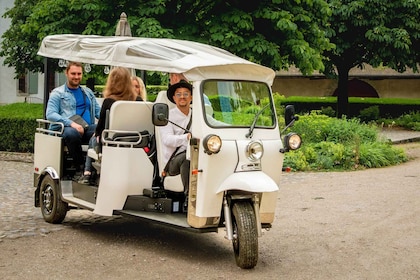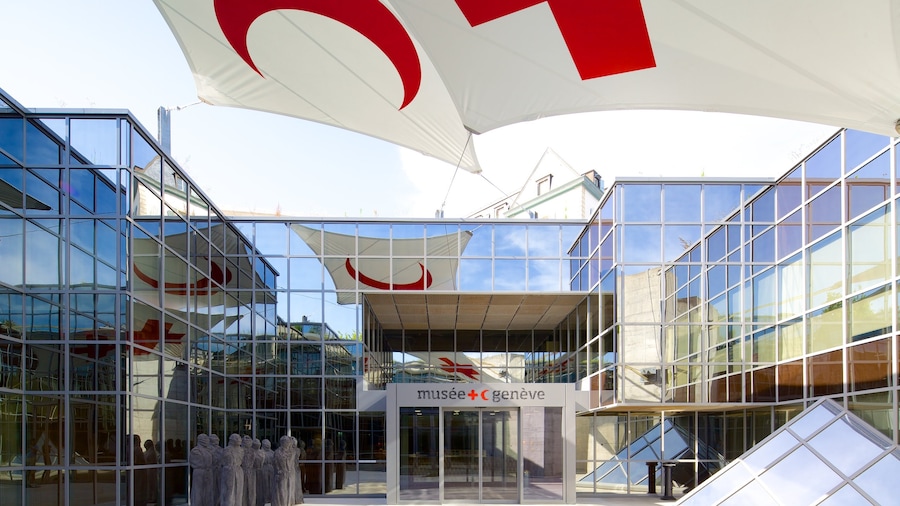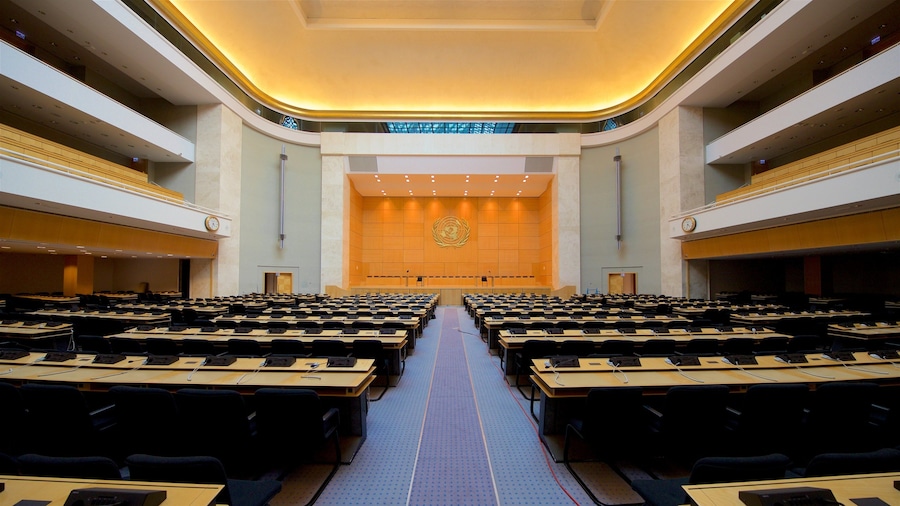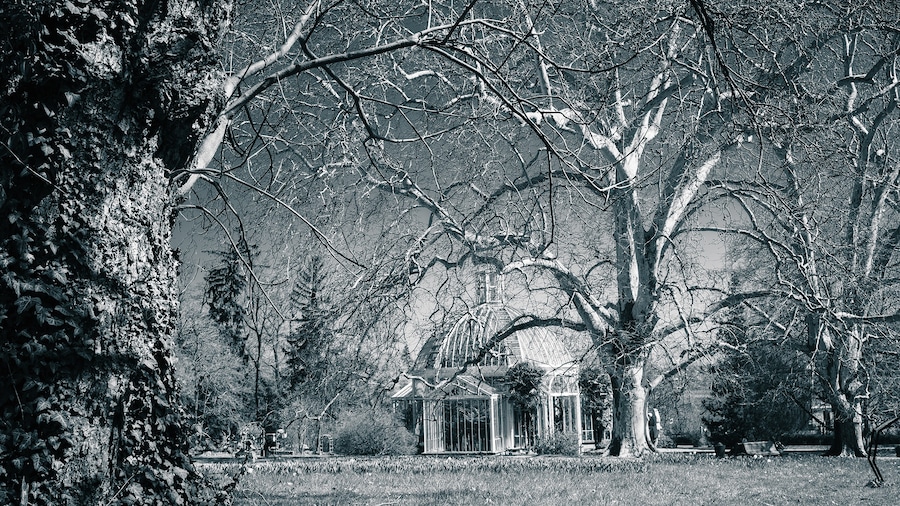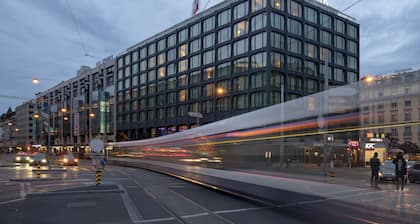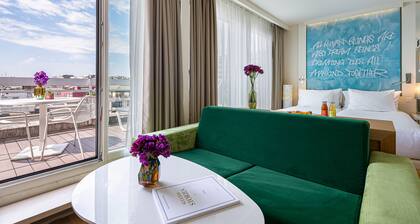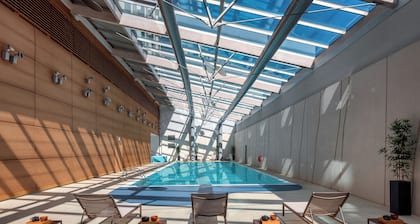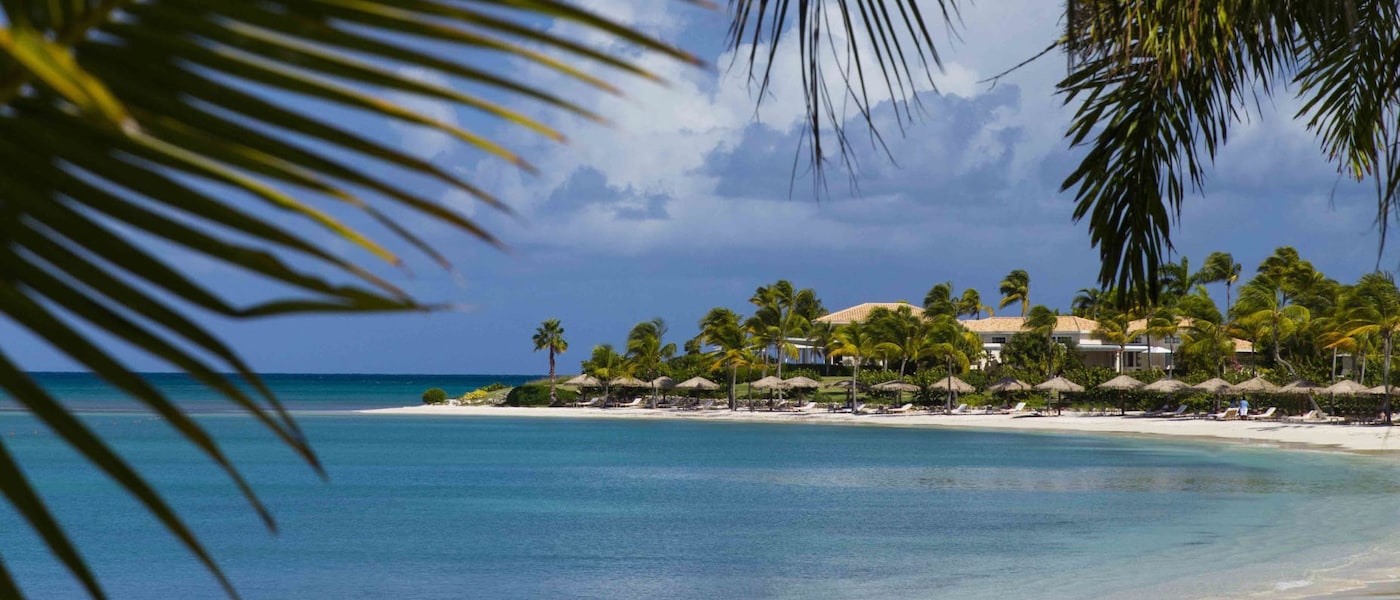Ariana Ceramics and Glass Museum occupies a palatial 19th-century building that lies close to the banks of Lake Geneva and is surrounded by greenery. Behind the stately façade are more than 25,000 ceramic and glass objects that span over 1,200 years.
Browse pieces from the museum's permanent collection, which are spread over three floors. Examine ceramics and glass gathered by Gustave Revilliod, beginning with pieces from the 16th century to the present day, which highlight changing tastes and technology over the centuries. Among the contemporary works are items by such prominent artists as Monica Guggisberg and Stanislas Libensky.
Study the museum's collection of stained-glass windows, which are incorporated into the architecture of the building. Look for panels from the 15th and 16th centuries as well as contemporary pieces. See beautifully decorated plates, vases, jugs and other containers in the oriental porcelain collection. Other museum highlights include earthenware by English potters of the 18th century.
As you make your way through the building, pause to admire the beautiful architectural and design features. Among them are the elliptical dome and ceiling paintings with mythological themes.
Be sure to browse the temporary exhibits. These may include pieces from the museum's own collections as well as traveling exhibits that showcase the work of contemporary artists working in glass and ceramics.
After your visit, walk around the 114-acre (46-hectare) park surrounding the museum, now grounds for the European headquarters of the United Nations, the Palais de Nations. This massive urban escape encompasses more than 800 species of trees, including some that are more than 100 years old. Notice a statue of a cross-legged Mahatma Gandhi. You might even see peacocks roaming freely across the lawns.
Ariana Ceramics and Glass Museum is located in Ariana Park, close to the Red Cross and Red Crescent Museum. Come by bus, tram or car. Metered car parking is available nearby.
The museum is open every day except Monday, Christmas Day and New Year's Day. Admission to the permanent collections is free, while temporary exhibits have admission charges.
